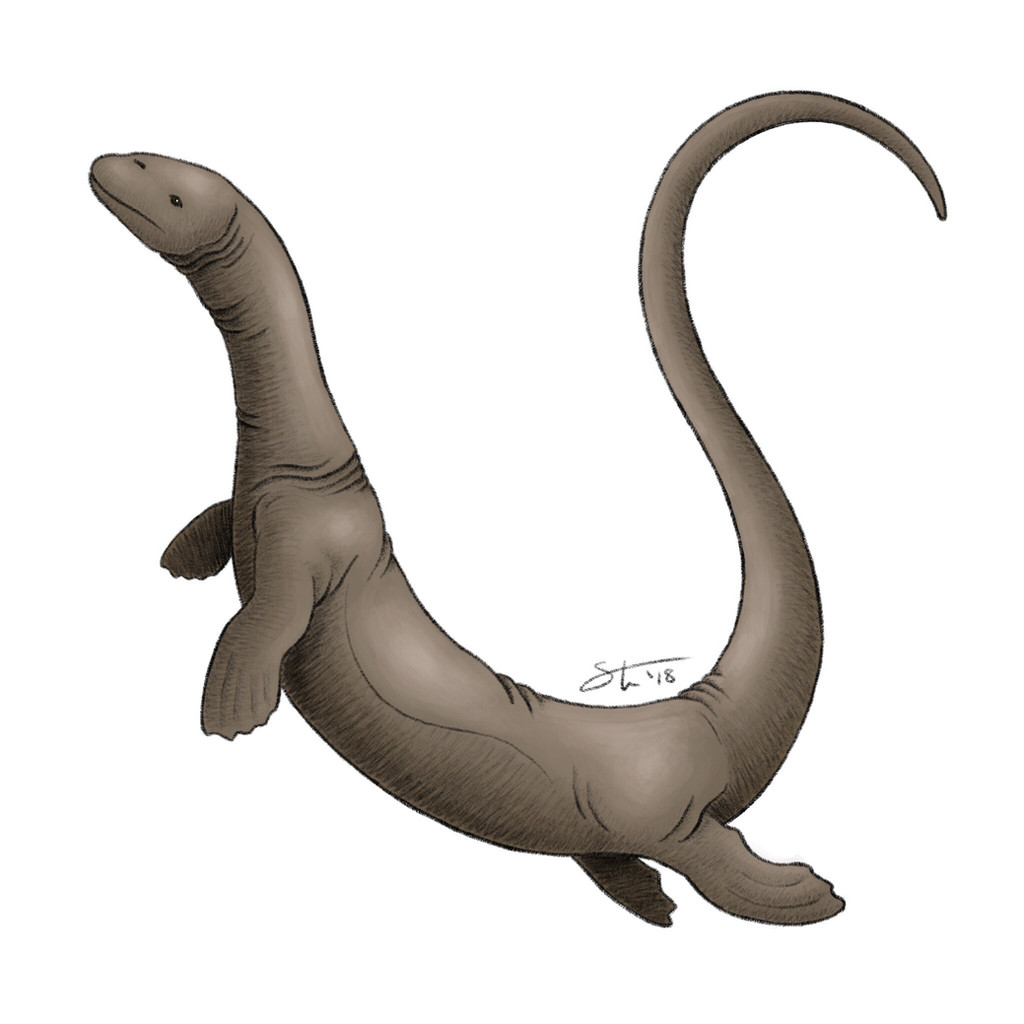HOME | DD
 tylerstoneart — Daily Cryptid #7: Super-Otter
tylerstoneart — Daily Cryptid #7: Super-Otter

Published: 2018-06-08 05:08:23 +0000 UTC; Views: 1264; Favourites: 26; Downloads: 5
Redirect to original
Description
Inhabiting the cold waters around Norway and Scandinavia, this cryptid is not an otter, but instead a whale descended from an even more primitive group than the basilosaurids. Heuvelmans primarily based this type on the sighting supposedly made by Hans Egede in 1734 off the coast of Greenland, which was accompanied by a fantastical image of a great water beast rearing its head and tail out of the water and unleashing a great spray of water from its mouth. However, Heuvelmans did not consult the original translation of this report; it reveals that the sighting was actually made buy his son, and described a more subdued encounter with a large animal that spouted and revealed a long, pointed appendage when it dived. This was most likely a large whale, with the “tail” actually being its penis (you read that correctly. Also, “whale penis” is now in my Google search history so... yay). The other sightings are fairly nondescript and indistinguishable from the Many-Humped, which we’ve already seen to be a wave effect.Our knowledge of whale evolution has also improved dramatically since the 60s, and there just aren’t any fossil whales that look similar to the Super-Otter. I took some artistic liberties to make it resemble a protocetid (the first oceanic whales), but even then, it’s a stretch to make the Super-Otter fit with what we know from the fossil record. Heuvelmans was at least correct in identifying it as a whale; it just happens to have been a regular old everyday whale.
With a boner.
Related content
Comments: 3

Nope, that's my bad, I accidentally put #4 twice. Should be fixed now.
👍: 0 ⏩: 1


























